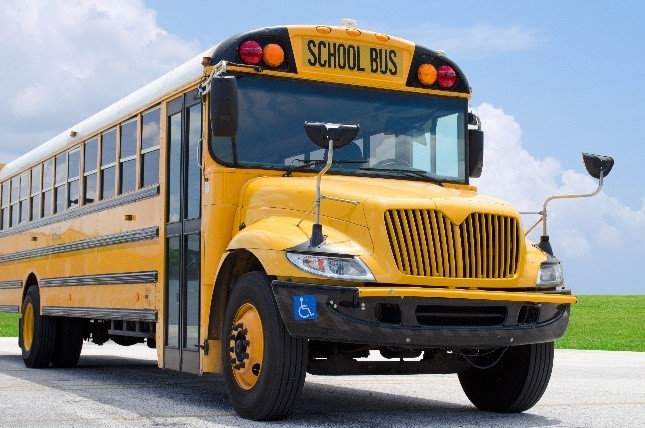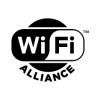Approximately 46 percent of the world’s population is not connected to the internet. Among those individuals without internet access, many are school-age children. In the United States alone—one of the most developed nations in the world—12 million students do not have reliable internet access at home. For students in rural or remote areas, broadband access may simply not exist where they live. For others, it is not economically possible to pay for the broadband internet access many consider a basic household utility. At times, it is a combination of both.
Prior to the coronavirus pandemic, local governments and transnational non-governmental organizations, such as the United Nations, had tried to bridge what has been termed the “homework gap” with varying levels of success. The coronavirus outbreak has exacerbated the problem this lack of access presents to under-served communities—school-age children in particular. As schools around the globe have taken classes online to curtail the spread of COVID-19, those stay-at-home orders have affected almost 80 percent of the worldwide student population—or 1.38 billion students worldwide. Every day without internet access is a day of education lost for those students without a broadband connection.
Recognizing the potentially dire impacts of what has been termed the “homework gap,” many governments and schools around the world, including those in France, Belgium, Canada, and China have harnessed the inherent strengths of Wi-Fi to ensure their students are able to continue their studies at home, despite the difficulties created by the coronavirus pandemic. In the United States, where independent school districts are often left to their own devices to ensure students have an internet connection, schools have provided internet access in a variety of ways.
School districts across the United States provide Wi-Fi for students
Many United States school districts have taken proactive steps to close the homework gap in their communities. Many of these projects were underway before the coronavirus shuttered schools across the country. However, the pandemic has forced many districts to increase their efforts, significantly shorten their initial timelines for the program rollout out—or both.
 Some schools handed out Wi-Fi hotspots, while others have taken it upon themselves to install the infrastructure required to provide internet access to the larger community. However, the most often used technique to quickly and efficiently provide internet access to students has been to equip that cultural icon—the yellow American school bus—with Wi-Fi access points (APs), and then drive out to where students need internet most, whether in sparsely populated countryside trailer parks, or densely packed urban apartment complexes.
Some schools handed out Wi-Fi hotspots, while others have taken it upon themselves to install the infrastructure required to provide internet access to the larger community. However, the most often used technique to quickly and efficiently provide internet access to students has been to equip that cultural icon—the yellow American school bus—with Wi-Fi access points (APs), and then drive out to where students need internet most, whether in sparsely populated countryside trailer parks, or densely packed urban apartment complexes.
Rural districts
The Coachella Valley Unified School District (CVUSD) is located in the remote desert countryside Riverside County, California and covers a vast expanse of 1,220 square miles. Ranked as the second poorest school district in the nation, it serves approximately 20,000 students—many of whom lack reliable home internet access. In 2015, it started a program to bring connectivity to students without broadband access, equipping three school buses with Wi-Fi APs to provide internet to students on the way to and from school. Buses were then parked overnight in locations where internet access was not available, such as trailer parks and tribal reservations.
When classes went online due to the coronavirus pandemic, CVUSD’s administration decided to expand the program. Now, there are 100 buses outfitted with Wi-Fi hotspots in the district, which are driven to and parked in the poorest areas to allow students within 150-yard radius to access online resources.
Urban areas
In contrast to the sprawling expanse of CVUSD, Austin Independent School District (Austin ISD) in Austin, Texas covers only 172.6 square miles, but serves approximately 81,000 students from a broad range of socio-economic backgrounds. To help students from lower-income households who do not have a reliable internet connection at home continue their education remotely, the district was already working on a plan to improve broadband access for socioeconomically challenged students before the COVID-19 pandemic spread to the United States. Working with a vendor that uses Wi-Fi Alliance® member CradlePoint’s Wi-Fi CERTIFIED™ equipment to bridge the digital divide, the district planned to add Wi-Fi APs to their bus fleet to help students complete homework while riding the bus to and from school.
When the pandemic caused school closures worldwide, Austin ISD realized it needed to adjust its effort to meet a growing need. The administration changed the project scope to provide a way for students to connect from outside the buses instead of from the inside. Bus drivers would drive their Wi-Fi enabled bus to key locations where there is the greatest need and remain there during school hours to ensure that students honor safe distance protocols while attending classes and completing schoolwork online.
The district has equipped more than 500 school buses with Wi-Fi APs, 110 of which are deployed each day. These buses are driven to apartment communities around the city, where they park from 8AM – 2PM. Students station themselves within 300 feet of the APs, while maintaining social distancing standards in order to complete their schoolwork and attend classes online.
Wi-Fi provides the means to transform communities
The “homework gap” was an issue before the novel coronavirus dramatically highlighted just how deep the divide is between those with internet access and those without. This digital divide is not one that can be closed quickly or easily, but by thinking creatively, school districts across the United States have deployed Wi-Fi solutions to help students continue their studies.
What can your school, city, or municipality do to help close the digital divide? Wi-Fi Alliance would like to encourage all those who provide educational, economic, and even healthcare services to under-served populations to consider the ways in which access to Wi-Fi can improve the standard of living of those without reliable internet access at home. Wi-Fi can transform almost any place into a connectivity hub. With a little bit of ingenuity, train stations, libraries, city buses, and schools themselves have been equipped as Wi-Fi hotspots to ensure that, while we may not be able to physically be together – we are still connected.
Learn more:
The statements and opinions by each Wi-Fi Alliance member and those providing comments are theirs alone, and do not reflect the opinions or views of Wi-Fi Alliance or any other member. Wi-Fi Alliance is not responsible for the accuracy of any of the information provided by any member in posting to or commenting on this blog. Concerns should be directed to info@wi-fi.org.




Add new comment